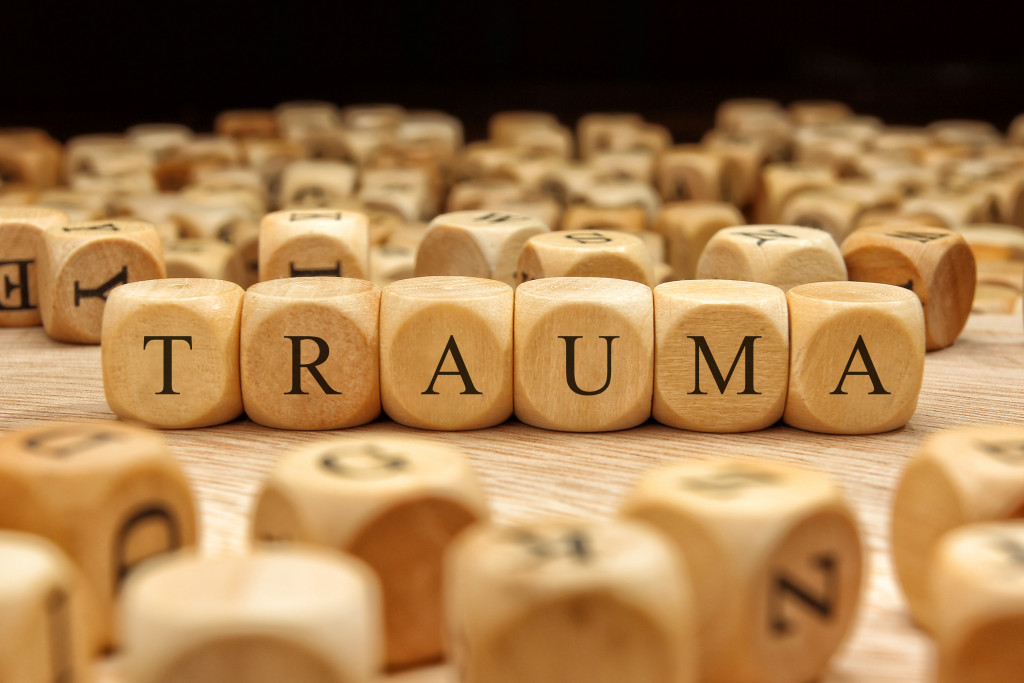You may not have realized it, but you probably experienced trauma in your childhood. It’s impossible to grow up without being traumatized by something or someone at some point. Especially if you had an abusive or neglectful childhood, this trauma can come back to haunt you in your adulthood in the form of anxiety, depression, relationship problems, and other issues. But it doesn’t have to control your life. There are ways to deal with resurfacing childhood trauma so that you can live a happy and healthy life. This article will help you identify the different ways to deal with trauma from your childhood.
1. Seek professional help.
If you’re experiencing resurfacing childhood trauma, the first step is to seek professional help. A therapist can help you work through your trauma and develop healthy coping mechanisms. Therapy can be an extremely effective treatment for trauma, so don’t hesitate to reach out for help. Talk to them about your experiences and feelings, and they can help you develop a plan to work through your trauma.
2. Connect with others who understand.
It can be helpful to connect with others who understand what you’re going through. There are many support groups and online communities for people who have experienced childhood trauma. These groups can provide you with a sense of community and support, which can be extremely helpful in dealing with your trauma. You can also plan intensive group therapy sessions to work through your trauma alongside others with similar experiences.
3. Identify your triggers.
One of the most important things you can do to deal with resurfacing childhood trauma is to identify your triggers. You can do this by keeping a journal or simply paying attention to what makes you feel triggered. Once you know what your triggers are, you can avoid them or be prepared for them when they do occur. If you can’t avoid your triggers, try to have a plan in place for how to deal with them when they happen. This might include things like deep breathing exercises or visualization techniques.
4. Write about your experiences.
Writing about your experiences can be a very therapeutic way to deal with resurfacing childhood trauma. It can help you process your thoughts and feelings about your trauma. You can write in a journal, blog, or even just a notebook. It doesn’t matter where you write, as long as you’re getting your thoughts and feelings out. Writing can be a very cathartic experience, so don’t hesitate to give it a try.

5. Find healthy coping mechanisms.
It’s important to find healthy coping mechanisms to deal with resurfacing childhood trauma. A healthy coping mechanism is anything that helps you deal with your trauma in a healthy way. This might include things like exercise, journaling, and spending time in nature. There are many different healthy coping mechanisms, so find what works best for you.
6. Give yourself time and space.
It’s important to give yourself time and space to heal from your trauma. This might mean taking a break from work or other obligations. It might also mean spending time alone or with people who make you feel safe. Give yourself the time and space you need to heal at your own pace. Remember that healing is a process, and it takes time.
7. Seek out support from your loved ones.
Your loved ones can be a great source of support as you deal with resurfacing childhood trauma. They can provide you with emotional support and understanding. They can also help you with practical things like childcare or transportation. If you’re struggling to deal with your trauma, reach out to your loved ones for support.
8. Take care of yourself.
Of course, it’s important to take care of yourself both physically and emotionally when you’re dealing with resurfacing childhood trauma. This means eating a healthy diet, getting enough sleep, and exercising. It also means taking time for yourself, doing things that make you happy, and spending time with people who make you feel good. Make sure you’re taking care of yourself both physically and emotionally.
9. Try to find a positive outlook.
It can be difficult to find a positive outlook when you’re dealing with your childhood trauma. But it’s important to try. A positive outlook can help you cope with your trauma and make it through tough times. Try to focus on the good things in your life, even if it’s just small things. And believe that things will get better.
Dealing with resurfacing childhood trauma can be difficult, but it’s important to remember that you’re not alone. There are many people who have gone through the same thing and there are many resources available to help you. Just remember to take things one day at a time, and be gentle with yourself. You deserve to heal.



